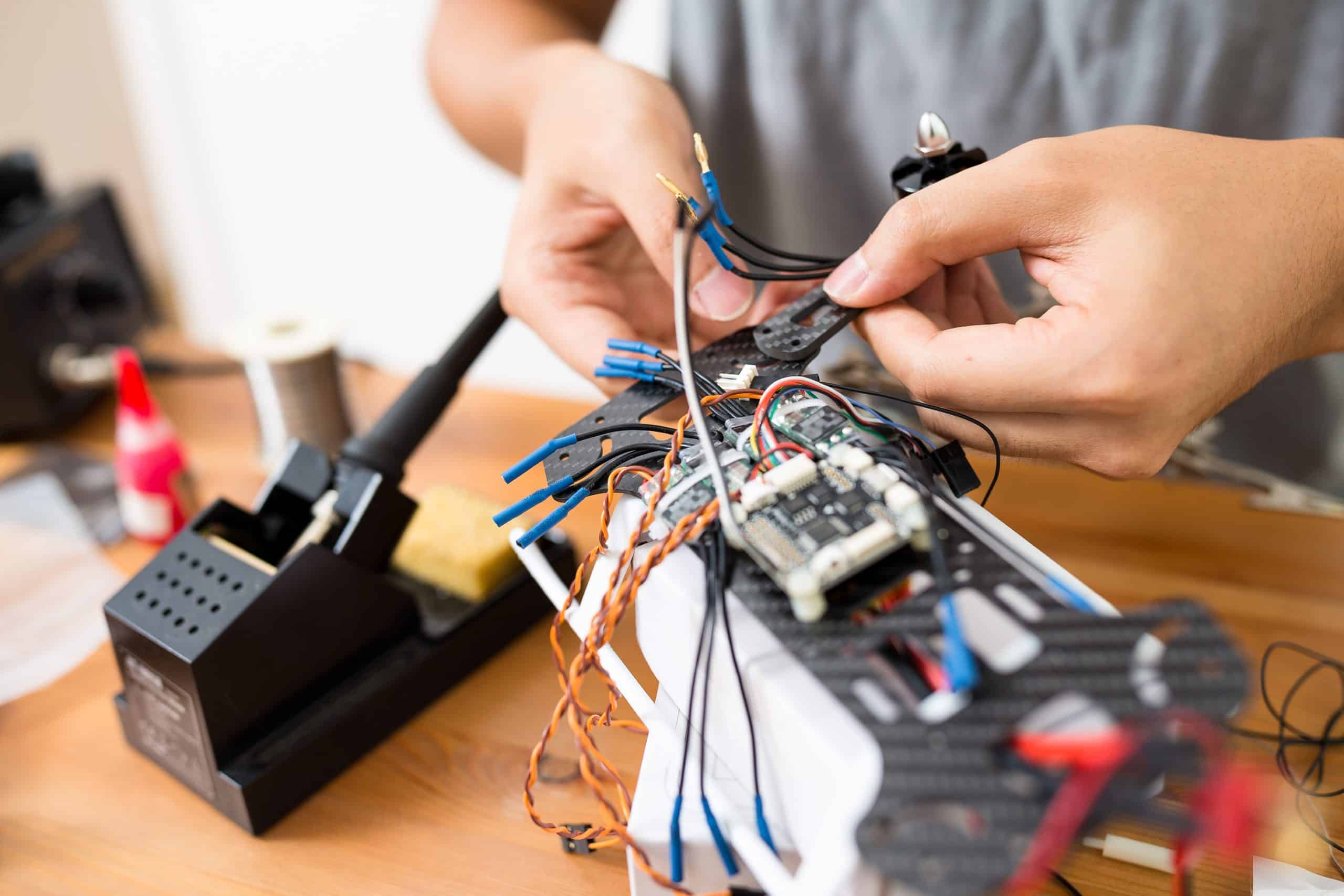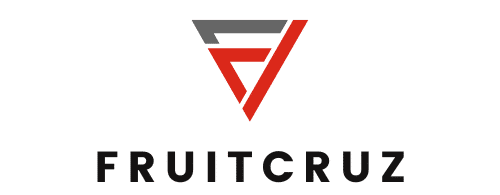Can Drones Enhance Precision Farming Techniques?

With the rapid growth of technology, various industries are finding creative ways to harness the potential of advanced tech solutions. One surprising area that’s been gaining ground is the integration of drones in agriculture. The concept might seem a bit out of place for some. After all, when you think of drones, you might picture them in the military or for recreational use rather than on a farm. However, drones have been revolutionizing agriculture by enhancing precision farming techniques. They have been instrumental in providing accurate data, monitoring crop health, and making time management more efficient for farmers.
Why Use Drones in Agriculture?
Before we dive into the specifics, let’s first lay out the importance of using drones in the field of agriculture. The application of technology in farming isn’t exactly a new concept. In fact, precision farming techniques have been around for quite some time. However, the introduction of drones into this mix adds a whole new layer to farming methods.
A lire également : Can VR Transform Physical Therapy Practices?
Farmers have a lot on their plates. They have to monitor the health of their crops, manage vast areas of land, and ensure that their soil is in optimal condition. Traditional methods of doing these tasks can be time-consuming and not always precise. This is where drones come in.
Drones, with their ability to cover large areas in a shorter span of time, provide farmers with an efficient way of managing their fields. They can capture data in real time, allowing farmers to make timely decisions.
Avez-vous vu cela : What Are the Technological Solutions to Mitigate the Spread of Invasive Species?
Aerial Assessment of Crop Health
One of the significant ways drones are enhancing precision farming techniques is through monitoring crop health. While farmers usually have a knack for identifying problematic areas in their fields, having a bird’s-eye view can prove beneficial in diagnosing issues that are not visible from the ground level.
Drones equipped with multispectral imaging sensors can provide this valuable perspective. These high-tech gadgets capture images of crops in different light spectrums. The data gathered allows farmers to assess the health of their crops accurately. For instance, healthy plants reflect more green light and absorb more red light. By analyzing these patterns, farmers can detect unhealthy crops at early stages and take appropriate action to prevent further damage.
Precision Soil Analysis
Soil health plays a critical role in agricultural success. It’s where crops derive the nutrients they need to grow and thrive. Traditionally, farmers would have to manually collect soil samples and send them off to a lab for analysis – a process that could take weeks.
Drones are changing this. With thermal cameras, drones can create detailed maps of the soil. These maps provide valuable information on the soil’s moisture levels, nutrient content, and other characteristics that influence crop health. Farmers can use this data to apply fertilizers and other solutions in precise amounts and locations, improving their yield and reducing waste.
Streamlined Time Management
Time is an essential resource for farmers. They have to keep a strict schedule, balancing various tasks such as planting, fertilizing, and harvesting. Every wasted moment can lead to lost profits.
Drones can help streamline this process. By conducting aerial surveys of the fields, they can identify areas that need immediate attention. Farmers can prioritize their tasks based on the data gathered, allowing for more efficient time management. More importantly, they don’t have to spend hours on end walking or driving through their fields – the drones can do that for them.
Data-Driven Farming
The primary advantage of using drones in precision farming is the ability to gather accurate data on a real-time basis. High-resolution images, thermal maps, and other types of data provided by drones can guide farmers’ decisions.
Irregularities in crop growth, pest infestations, and potential diseases can be identified sooner, allowing for faster intervention. Nutrient application can be optimized based on the specific needs of different areas within a field. All in all, the wealth of data drones provide allows farmers to make more informed, precise decisions – leading to healthier crops, higher yield, and better profit margins.
In conclusion, while drones may not replace traditional farming methods, they certainly bring a new level of precision and efficiency to the table. As technology advances, we can expect to see even more ways in which drones can enhance agricultural practices, making farming smarter, more sustainable, and more profitable.
Weather Forecasting and Environmental Impact
The integration of drone technology into agriculture goes beyond just crop health and soil analysis. It can significantly enhance the ability of farmers to forecast weather conditions, thereby enabling them to make informed decisions regarding planting, fertilizing, and harvesting schedules.
Drones fitted with weather sensors can gather real-time data about temperature, humidity, wind speed, and precipitation. This information is crucial for farmers as it allows them to manage their crops proactively. For instance, if a drone detects an impending storm, farmers can take measures to protect their crops from potential damage.
Moreover, drones in agriculture also contribute to sustainable farming practices by reducing the environmental impact. Conventional farming methods often involve indiscriminate spraying of fertilizers and pesticides, which can lead to runoff polluting nearby water bodies. However, with the high-resolution data provided by agricultural drones, farmers can apply these substances only where necessary, minimizing wastage and environmental harm.
Also, drones can monitor the influence of agricultural practices on wildlife. For instance, they can help track the movement and population of birds, insects, and other creatures that play a crucial role in maintaining the ecological balance. This information can guide farmers to modify their practices to minimize adverse effects on the local wildlife.
The Future of Drones in Precision Agriculture
As drone technology continues to evolve, so do its applications in precision agriculture. For instance, in the future, we might see drones equipped with AI and machine learning capabilities. These advanced drones could analyze crop health and soil conditions, make predictions, and recommend specific actions to improve crop yields, all in real time.
Imagine a drone that can detect pests or diseases even before they become visible to the human eye, or one that can predict the exact quantity of water or nutrients a crop needs at any given point in its growth cycle. These possibilities could make precision farming even more accurate, efficient, and sustainable.
Apart from technological advancements, the future of drones in agriculture also depends on regulatory developments. As more countries start recognizing the benefits of drones in farming, they may implement supportive policies and regulations. This could pave the way for wider adoption of agriculture drones in the farming community worldwide.
Conclusion
Ultimately, drones are a promising tool in the agriculture industry. They enhance precision farming techniques by providing real-time, high-resolution data, thereby enabling farmers to make informed decisions and improve crop yields. More than just a technological trend, drones represent a shift towards smarter, more efficient, and more sustainable farming practices.
While drones may not completely replace traditional farming methods, they certainly complement them by offering a new level of precision and efficiency. As technology progresses and regulations evolve, we can expect to see drones becoming an increasingly common sight in our fields, revolutionizing the way we farm.
